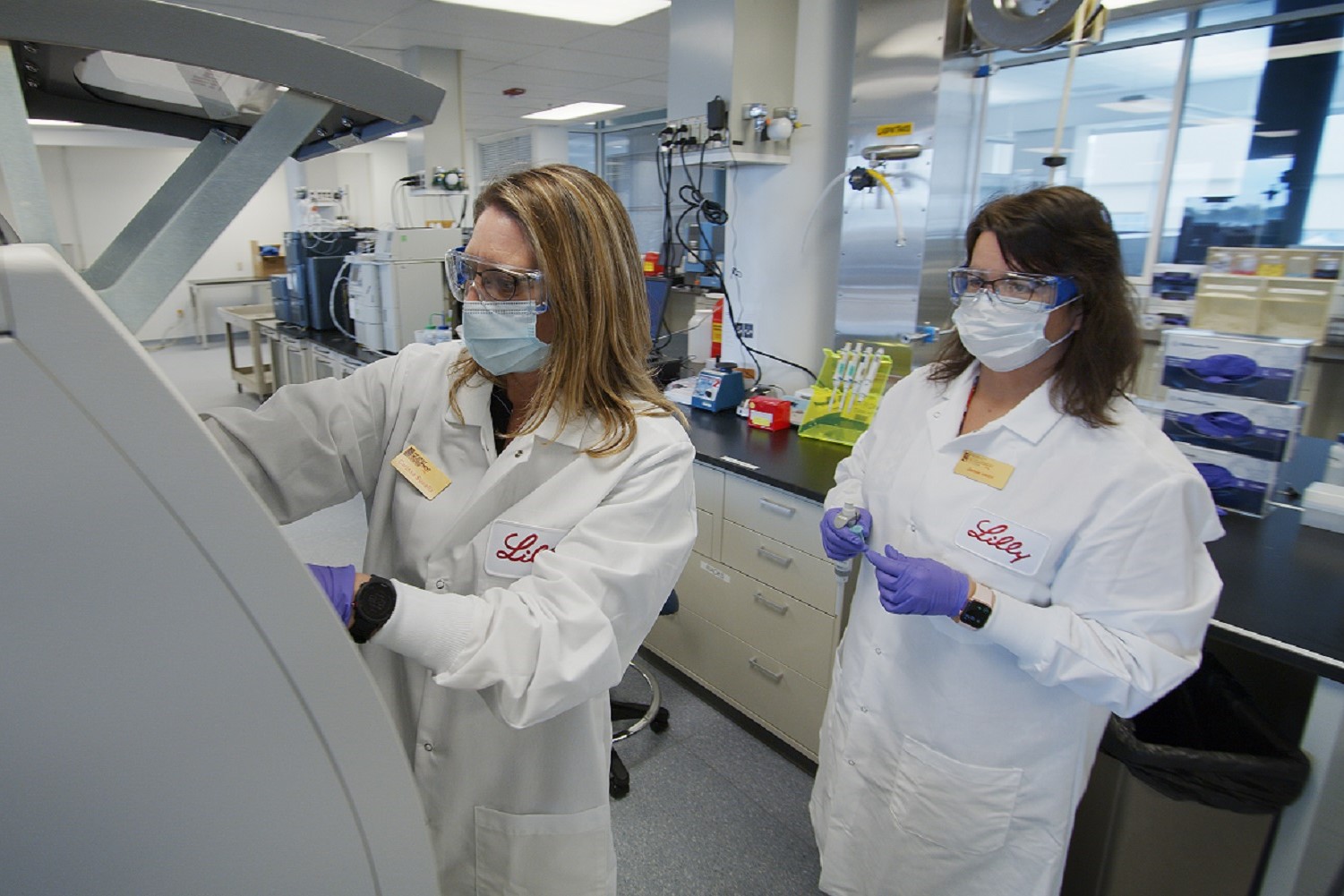In February, the Lewis and Clark Information Exchange (LACIE) in Kansas City, Mo., and the Tiger Institute Health Alliance (TIHA) in Columbia, Mo., began the secure sharing of EHR data between the two networks. It remains very much a work in progress.
While the organizations have not yet compiled cross-network usage statistics for the first two months of collaboration, queries for patient records on LACIE queries have surged, from 2,108 in April 2013 to 39,088 in January 2014, according to data provided by LACIE Executive Director Mike Dittemore. (Traffic has since dipped a bit, totaling 34,874 in March.)
The upsurge started around October, after three key health systems went live on LACIE, and accelerated in November, when limited data sharing started with the Kansas Health Information Network, and then the University of Missouri’s Tiger Institute for Health Innovation came aboard. TIHA is broader than the Tiger Institute; together, the two health information exchanges cover about 30 hospitals and more than 500 clinics, long-term care facilities and home health agencies across central and western Missouri and eastern Kansas. They potentially link upwards of 2.5 million patient records.

With the Rise of AI, What IP Disputes in Healthcare Are Likely to Emerge?
Munck Wilson Mandala Partner Greg Howison shared his perspective on some of the legal ramifications around AI, IP, connected devices and the data they generate, in response to emailed questions.
The two networks agreed not to charge connection fees to each other, member providers or affected patients when cross-sharing data.
Data sharing between LACIE and TIHA involves more than basic Continuity of Care Documents.
“It’s much more robust than just the CCD-type content,” said Dittemore, a registered nurse. Records include “textual” data such as hospital discharge summaries, medication lists radiology reports and other test results, he says.
LACIE, which has itself been online since September 2010, actually has data on some patients going back about five years because a founding member back-loaded the exchange. Most queries tend to request about a year’s worth of data, however.
“It’s really about transitions of care,” Dittemore said.
Both LACIE and TIHA follow federated models, with no central data repository, so queries must go through each exchange, then out to member organizations. On LACIE, the average time to download a patient record after a positive match is 15-22 seconds, depending on Internet bandwidth, according to Dittemore.
Dittemore says that technology vendor Cerner promises that search and download times will be cut by two-thirds after both HIEs upgrade their Cerner Clinical Exchange Platform software this spring, though Dittemore notes that he has not yet validated this claim. The upgrade should, however, allow the two exchanges to achieve an 80 percent patient-matching success rate on cross-exchange queries by midsummer; the current positive hit rate “varies a lot,” he said.
“Patient matching is always a challenge,” Dittemore said. Two months into the cross-exchange collaboration, the organizations are working on recalibrating the “weighting” of certain data elements that determine whether there is a match or not, he says. For example, Social Security numbers can provide a high level of confidence for a positive match, but a missing or incomplete SSN shouldn’t rule out the possibility of a hit.
“What we’re trying to do is allow our matching parameters to coordinate as well as possible without compromising the quality of the matching,” Dittemore said.
The recent federal legislation that pushes back the nationwide deadline for switching to ICD-10 coding for at least a year from the previous October 2014 cutoff should help accelerate HIE operations, according to Dittemore, because provider organizations now have “more leeway” to work on other IT projects.
This year, LACIE plans on connecting to the Kansas Prescription Drug Monitoring Program, a system that allows authorized healthcare providers to search online for patient-specific history of schedule II, III or IV narcotics prescriptions. By early June, the exchange will activate a patient portal.
LACIE also is preparing to add support for sharing of radiology and cardiac imaging and to alert providers when patients visit emergency departments or are admitted or discharged from a participating hospital. The exchange should be able to share this information with TIHA, too.














